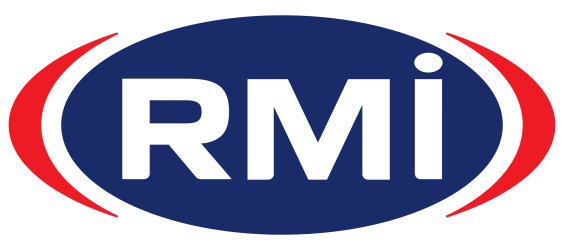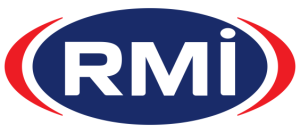Motor Body Repair sector welcomes first set of graduates

The first cohort of 22 graduates were honoured this year following a three-year artisan development programme at the C3 Auto Body Repair Academy in Bloemfontein, in partnership with motor body repairers in Bloemfontein and Johannesburg, where learners followed a rigorous on the job programme.
Why do modern cars crumple up when they crash – A good thing or not?
Have you ever jumped from a significant height with straight legs? It’s not a comfortable feeling is it? That’s because there’s nothing to absorb the shock that’s been created, and […]
SAMBRA applauds insurers for proactive support to motor body repairers
The South African Motor Body Repairers’ Association (SAMBRA), whose members are responsible for repairing over 80% of all insured repair claims in the country, has applauded the proactive measures announced […]
Outlook for SAMBRA
There will be some significant changes for the motor body repair (MBR) sector in 2020. It’s not going to be business as usual says Richard Green, National Director of the […]
B-BBEE due diligence process creates additional strain on small business suppliers
Inconsistent vetting procedures and application of BBBEE rules within the insurance sector are creating problems for many smaller business suppliers within the motor body repair sector. Richard Green, National Director […]
Making support for small business a priority
The forecast for growth in the South African job market for the first quarter of 2020 has hit a five-year low according to ManpowerGroup SA’s latest employment outlook. Payroll expansion […]
The future of the South African Motor Body Repair industry
Anyone currently active in the Motor Body Repair (MBR) sector, who has their head buried in the sand thinking they can continue to do business as usual, will probably be […]
Labour rate inequality threatens MBR sector viability and employment
The historic practice of issuing Motor Body Repairers’ insurer Service Level Agreements (SLAs) with outdated labour rates is creating havoc in the Motor Body Repair Industry and threatening not only […]
Promoting inclusivity in the motor body repair industry
At a time when there is increasing pressure on the retail motor industry to transform, SAMBRA, the South African Motor Body Repairers’ Association, a proud Association of the RMI, have […]

